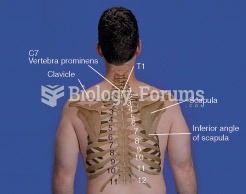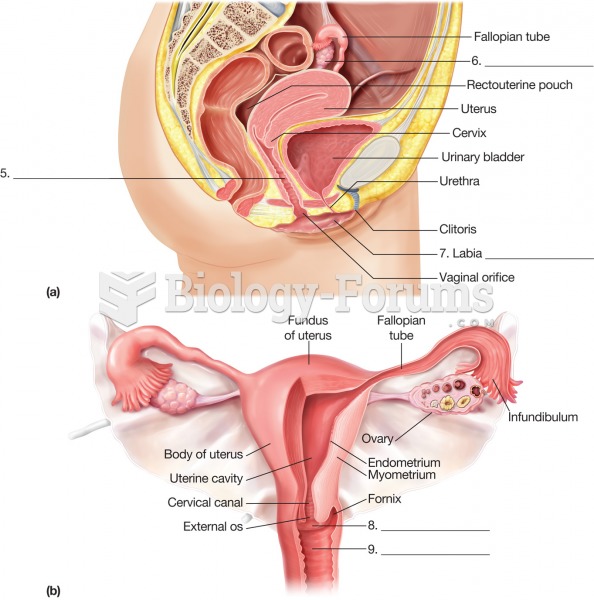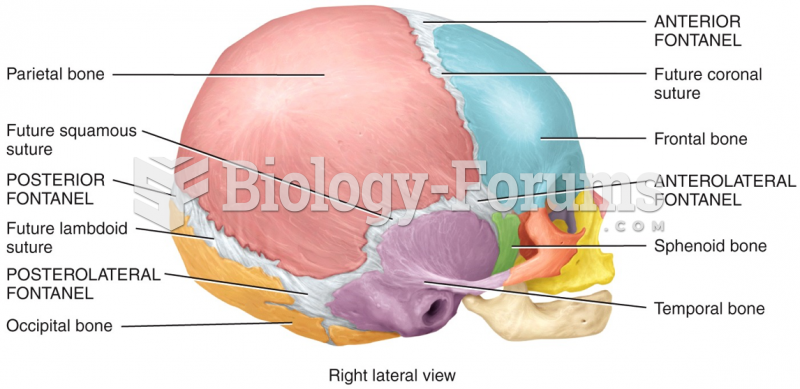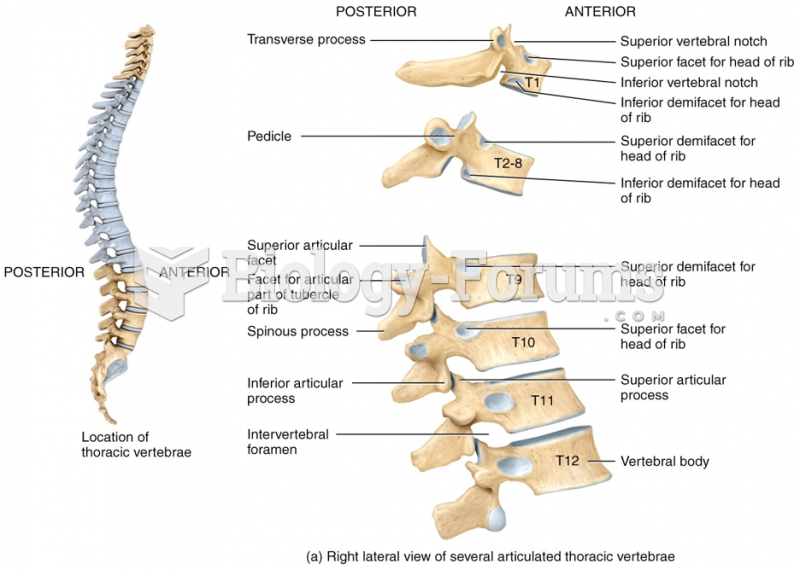Answer to Question 1
The 1960s ushered in a tremendous interest in the prevention of delinquency. Much of this interest was in programs based on social structure theory.
This approach seemed quite compatible with the rehabilitative policies of the Kennedy (New Frontier) and Johnson (Great Society/War on Poverty) administrations.
Delinquency prevention programs received a great deal of federal funding. The most ambitious of these was the New York Citybased Mobilization for Youth (MOBY).
Funded by more than 50 million, MOBY attempted an integrated approach to community development. Based on Cloward and Ohlin's concept of providing opportunities for legitimate success, MOBY created employment opportunities in the community, coordinated social services, and sponsored social action groups such as tenants' committees, legal action services, and voter registration. But MOBY ended for lack of funding amid questions about its utility and use of funds.
Improving the socialization of lower-class youths to reduce their potential for future delinquency was also an important focus of other federally funded programs during the 1960s.
The largest and best known of these programs was Head Start, a national program for preschoolers that continues to this day.
Student views will vary.
Answer to Question 2
Violent crime by juveniles costs the United States 158 billion each year.
This estimate includes some of the costs incurred by federal, state, and local governments to assist victims of juvenile violence, such as medical treatment for injuries and services for victims.
These tangible, or out-of-pocket, victim costs of juvenile violence came to 30 billion. But the majority of the costs of juvenile violence, the remaining 128 billion, were due to losses suffered by victims, such as lost wages, pain, suffering, and reduced quality of life.
Missing from this 158 billion price tag of juvenile violence are the costs from society's response to juvenile violence, which include early prevention programs, services for juveniles, and the juvenile justice system, these costs are unknown.
Student views will vary.






